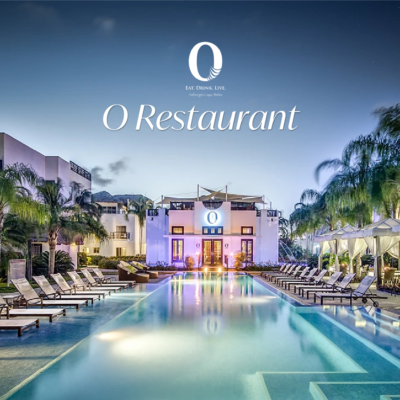- Submit News
- 501-666-6726
- [email protected]

Pfizer vaccine safe for children 5 to 11 years of age, study shows
September 21, 2021
Gold Medal Belizean softball coach Raymond Lashley passes away
September 21, 2021Posted: Tuesday, September 21, 2021. 4:15 pm CST.
By Rubén Morales Iglesias: Just like today that people want to leave their mark, particularly world leaders, Maya leaders wanted to etch their imprint for posterity according to a Dartmouth College study published in Ancient Mesoamerica.
The study found out that the Maya monumental complexes were transformed by building upon them or by destroying them and building new ones when new leaders took over. This started happening as the Maya became more hierarchal than egalitarian around 400 B.C. when they turned to kingship.
“Just as political leaders today often seek to brand themselves, so too did early Maya rulers,” says Ryan H. Collins, a postdoctoral fellow in anthropology at the Neukom Institute for Computational Science at Dartmouth.
“Maya rulers seemed to have real angst about the past world and think that it could interfere with their authority, so they would try to tweak it, or even erase it altogether. These rulers saw themselves as the embodiment of the Maya sun god and wanted to put their personal stamp on the city, so monuments and the ways people experienced the city were modified to reflect a ruler’s desires over his or her lifetime.”
Collins data was gathered at the Maya site Yaxuná, in central Yucatán, Mexico, and at other pyramid plaza complexes or temples referred to as E groups in the Maya lowlands. The sites studied by Collins included San Bartolo, Tikal, and Ceibal in Guatemala, and Cahal Pech in Belize, where buildings were constructed based on astronomical alignments with the equinoxes and solstices on an east-west axis.
Previous research found that such astronomical alignments in Maya buildings were made in reference to the sun god and maize (corn) god.
Collins was able to establish that by 400 B.C., the Maya kings were building complexes on top of existing temples. If not, to place their personal stamps, they would dismantle the buildings or abandon them. In some cases, they would build from five to seven pyramids over each other.
In Yaxuná, the city center alone showed 11 phases of construction one above the other from 900 B.C. to 100 B.C.
“Over time, these temples became more about the rulers and less about the ritual and religion that once brought the communities together in the first place,” says Collins.
“In archeology, there has been the assumption that Maya kingship represented a continuity with the past but as Maya rulers altered peoples’ experience of where they lived, these rulers were actually breaking away from Mesoamerican building traditions and redefining the Maya city,” Collins said.
Advertise with the mоѕt vіѕіtеd nеwѕ ѕіtе іn Belize ~ We offer fully customizable and flexible digital marketing packages. Your content is delivered instantly to thousands of users in Belize and abroad! Contact us at mаrkеtіng@brеаkіngbеlіzеnеwѕ.соm or call us at 501-612-0315.
© 2021, BreakingBelizeNews.com. Content is copyrighted and requires written permission for reprinting in online or print media. Theft of content without permission/payment is punishable by law.



































































Comments